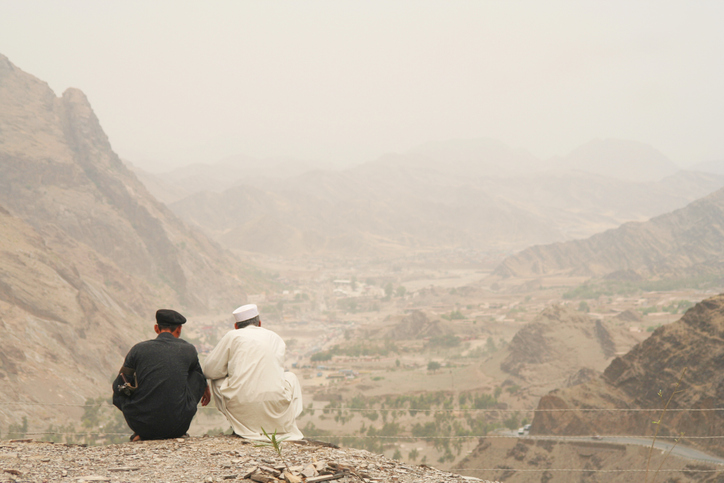
Pakistan’s Pashtun Problem
Thu, 22 Jul 2021 | Reading Time: 5 minutes

During a visit to Pakistan a few months after the Lal Masjid episode and emergence of the Tehrik-e-Taliban Pakistan (TTP) in 2007, I asked a question from all my interlocutors (serving ministers, retired generals, politicians, analysts): out of Kashmir and Frontier (as Khyber Pakhtunkhwa was known back then), which is an existential issue for Pakistan? Although I didn’t get any clear answer, the general drift was that Kashmir is a deeply emotional issue, but Pakistan’s survival doesn’t depend on it; Frontier – the Pashtun question – is however an existential issue and has the potential to tear apart the country.
With the Afghan Taliban on the ascendant in Afghanistan, and according to some reports Pakistani Taliban making a comeback in the tribal districts of KP and Balochistan, the Pashtun question is once again likely to acquire centre stage in Pakistan’s political discourse. Already, the Pashtun Tahaffuz Movement (PTM) slogan of ‘lar-ao-bar yaw Afghan’ (All Afghans are one) has raised hackles of the Punjabi dominated military establishment and its subordinate political and media personnel who see it as a separatist slogan. Even as a slogan of cultural unity, it is seen as a threat to Pakistan’s unity, and therefore unacceptable.
While Afghanistan and Pakistan have always had strains in their bilateral relationship, Pashtun nationalism and the Pashtunistan movement became a big thing in the early 1970s. The rump Pakistan was still coming to terms with the separation of its eastern wing, when Pashtun nationalist movement started gaining strength. Around the same time, Baloch nationalists managed to form a government in Balochistan. It was at that stage that the Pakistanis started flirting with Islamists in Afghanistan. Islamism was seen as an antidote or an effective ideology to counter ethnic nationalism.
Nearly half a century later, Pakistan continues to use Islamists, even jihadists, to contain Pashtun nationalist sentiment. Although the old Pashtunistan movement is long dead, Pashtun nationalism remains a potent sentiment. In recent years, it is being manifested in the shape of the PTM which despite all the efforts of the military establishment has continued to gain strength and has become a grassroot movement.
Ironically, one of the few successes of Pakistan nation building has been the co-option of Pashtuns in the power structure of the state, albeit as junior partners. What was earlier the Punjabi-Mohajir establishment has over the last few decades transformed into a Punjabi-Pashtun establishment.
Pashtuns are well represented in bureaucracy, military, business, virtually every field. And yet, the nationalist sentiment hasn’t disappeared. It might not be separatist in its orientation but it certainly has ethnic, linguistic and cultural overtones that make the Punjabi establishment, and its Pashtun compradors, uneasy.
Post 9/11 and the US occupation of Afghanistan, the ethnic equilibrium got disturbed. The destabilisation caused by the ‘war on terror’ in the Pashtun belt caused a lot of angst among the Pashtuns, both those who were dislocated and suffered, and those who were somewhat distant from events in the erstwhile Federally Administered Tribal Areas (FATA).
A common refrain was ‘Pashtun blood is very cheap in Pakistan’. It was under these circumstances that PTM emerged and became the new flag bearer of Pashtun nationalism. Interestingly, this new expression of Pashtun nationalism was more constitutional and cultural, than it was political or separatist. And yet it was seen by the Punjabi establishment as a trojan horse for separatism.
This background is important because it will probably determine what is likely to follow in the Pashtun areas of Pakistan. As a fanatical Islamist group, the Taliban make a good fit for the Pakistan military establishment’s strategy to use Islam against ethnic and linguistic nationalists within Pakistan.
Among other things, one of the reasons why the Pakistan Army is never going to give up on Taliban is because it finds utility in them for fixing groups like PTM. For the longest, the Pakistan Army adopted a fairly ambivalent attitude towards the TTP, until it was forced to launch operations in one tribal agency after another. Compare the relatively soft approach towards the TTP with the brutal crackdown on Baloch freedom fighters right from around 2002 till date, and it is clear who the Pakistan Army considers its real enemy – it’s not the Islamists, but the nationalists of all hues, stupid!
Of course, the Taliban claim that they are first and foremost Afghan nationalists fighting for ‘national liberation’. They have been sold as such not just by the pliant, pliable and partisan Western media, but also Western academia and governments, in large part to justify the abandonment of Afghanistan.
For their own reasons, countries like China and Russia have also bought into this narrative which has been furiously peddled by the Pakistanis to make the Taliban more palatable and acceptable. But the thing is that if the Taliban were indeed nationalists, especially Afghan or Pashtun nationalists, Pakistan wouldn’t have ever supported them. The flip side is that as Islamists, they don’t accept national boundaries and cannot restrict Islam to just their national borders.
The Deoband school to which the Taliban belong opposed partition of India, not because of any composite culture or Indian nationalism, but because ideologically it was opposed to dividing Islam on basis of national boundaries. This means that Taliban have no use for backing Pashtun nationalists in Pakistan. But they will not be averse to backing Islamist radicals in that country, or for that matter other countries.
While the Islamist orientation of Afghan Taliban suits the Pakistan military establishment because it counters Pashtun nationalism, it worries the thinking sections of Pakistani society because of the deleterious impact of Taliban’s toxic Islamist ideology on Pakistani society, particularly on the Pashtuns.
What is likely to happen is a sort of Pashtun civil war between the Islamists led by Afghan Taliban and Pakistani Taliban on one side, and on the other side the peaceful, progressive, moderate, even secular Pashtuns represented by PTM. Already with the alarming rise in targeted killings of Pashtun tribal elders (many of them associated with PTM) by suspected Taliban terrorists the first salvo in this war is being fired.
Going forward, the Taliban will use their murderous ways and firepower to declare an open season on the Pashtun nationalists (especially the anti-Taliban PTM) who they see as a stumbling block in their path. This suits the Pakistan Army, until it will once against start to backfire. But it seems the military establishment is confident that unlike last time, it will be in a position to manage the TTP and other Islamist groups before things get out of hand.
For Pakistan the real danger is if Pashtuns on both sides of Durand line join hands. But with the Taliban resurgence in Afghanistan, coupled with signs of revival of Taliban inside Pakistan, the chances of the spectre of ‘lar-ao-bar’ coming true are quite slim. At the same time, the space that is being made available to the Taliban will eventually backfire because the Islamists do not recognise any man-made borders.
What will be even more dangerous for Pakistan is the Taliban transforming into some sort of an Islamist Afghan/Pashtun force. That is a truly terrifying prospect but if it does become real, then it will be something Pakistan called upon itself because of the Punjabi bloody-mindedness over accommodating the peaceful and progressive PTM-type Pashtun nationalists.
***************************************************************************************************
Author

Sushant Sareen is Senior Fellow, Observer Research Foundation. He is an expert on Pakistan and Terrorism, his published works include Balochistan: Forgotten War, Forsaken People (2017), Corridor Calculus: China-Pakistan Economic Corridor & China’s Comprador model of investment in Pakistan (2016).
Disclaimer
The opinions expressed in this article are the author’s own and do not reflect the views of Chanakya Forum. All information provided in this article including timeliness, completeness, accuracy, suitability or validity of information referenced therein, is the sole responsibility of the author. www.chanakyaforum.com does not assume any responsibility for the same.
Chanakya Forum is now on . Click here to join our channel (@ChanakyaForum) and stay updated with the latest headlines and articles.
Important
We work round the clock to bring you the finest articles and updates from around the world. There is a team that works tirelessly to ensure that you have a seamless reading experience. But all this costs money. Please support us so that we keep doing what we do best. Happy Reading
Support Us






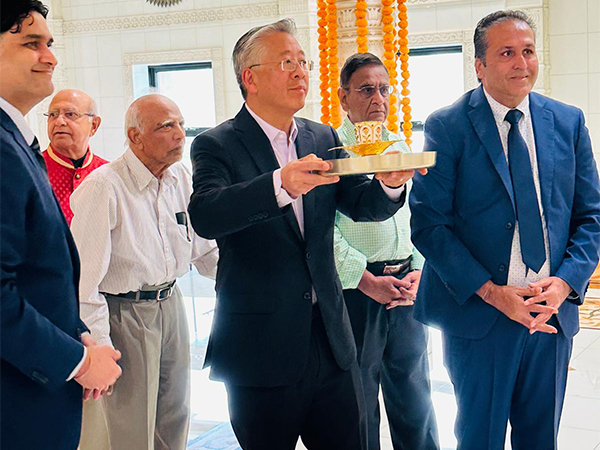
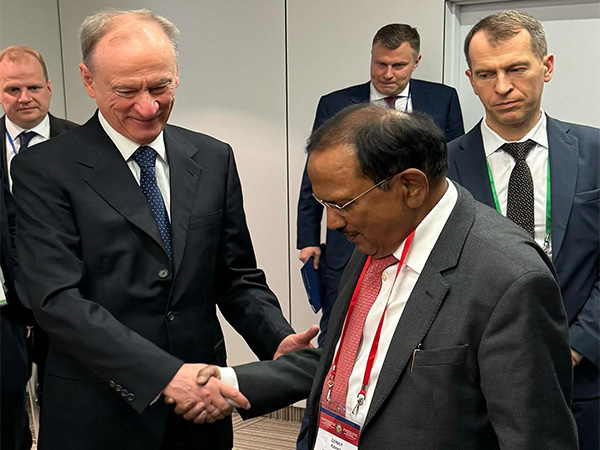
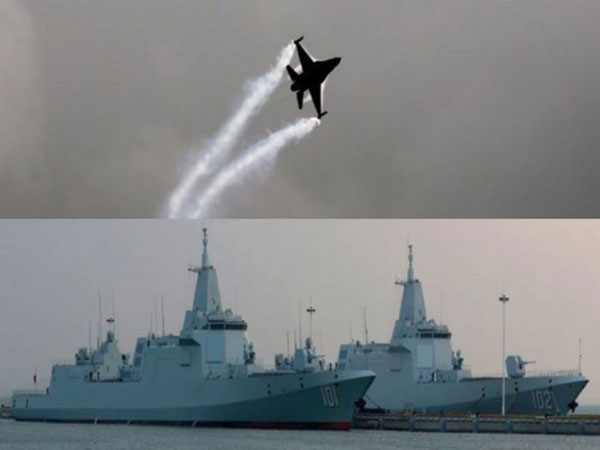
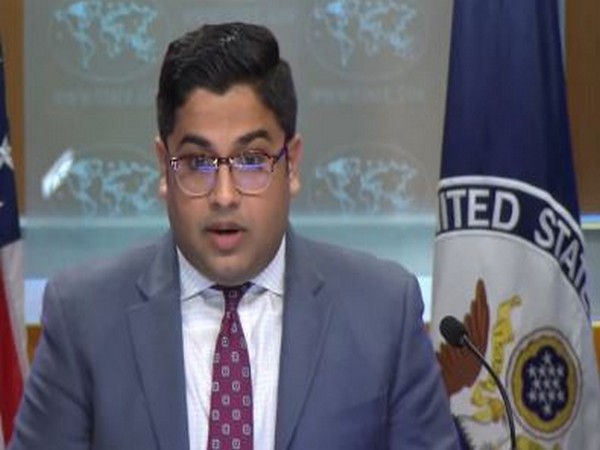
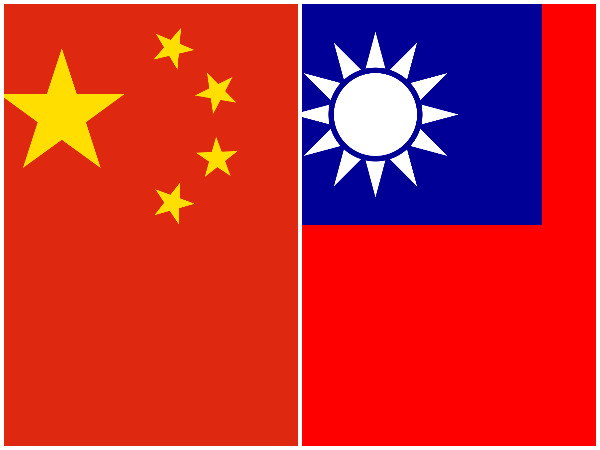

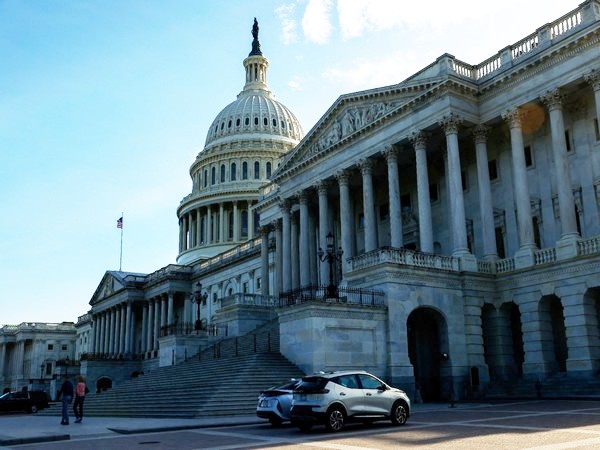
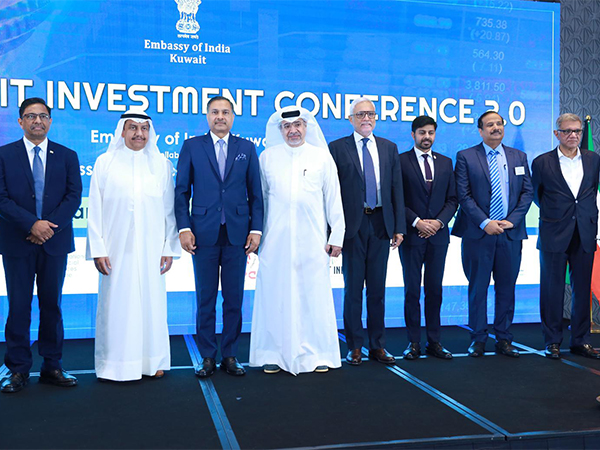






POST COMMENTS (6)
kushal
Kalyan Guchait
Mukesh.Naik
P.S. eudonym
Deepak Ranade
tomar ashok